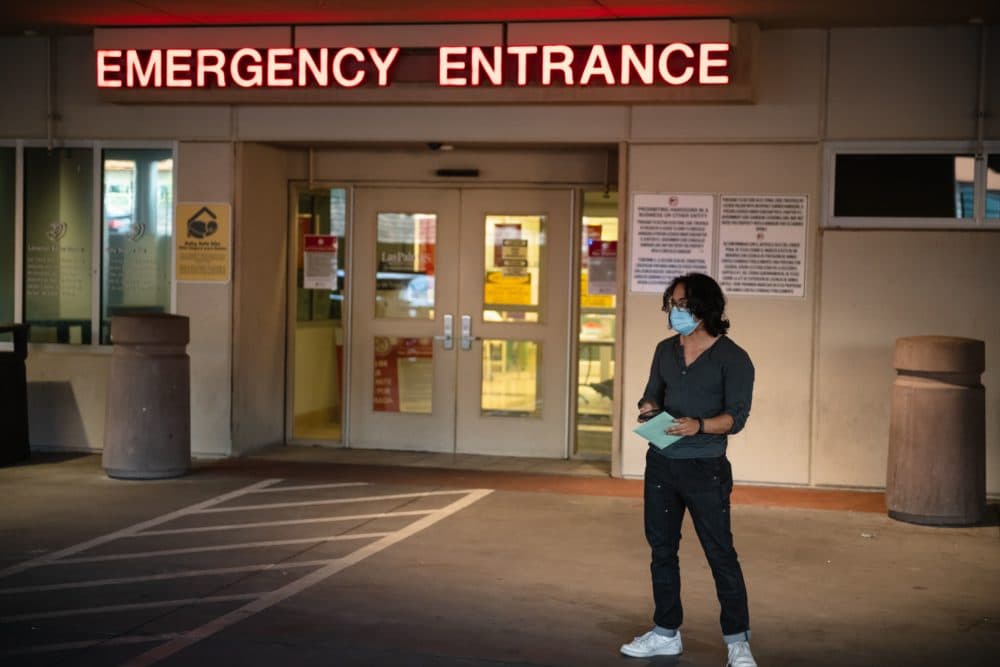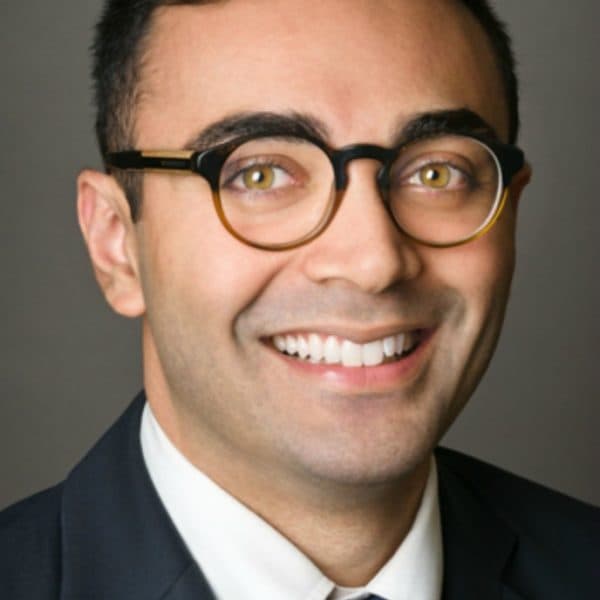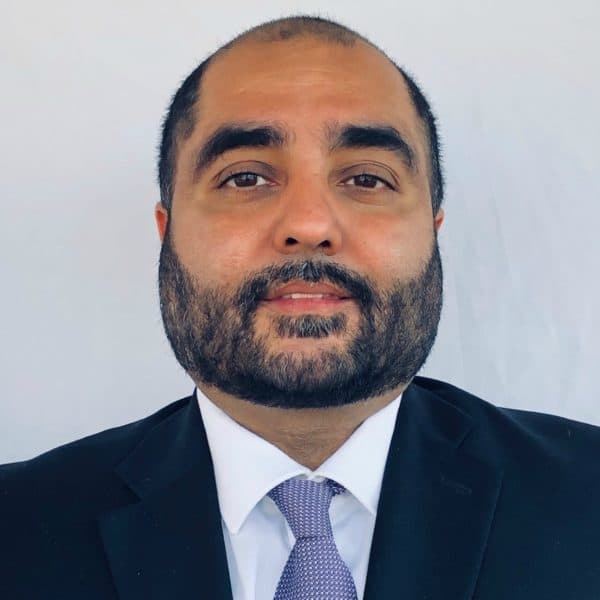Advertisement
Commentary
Here Comes The Pandemic Winter

As we await the final results of the election, the excitement and desperation across the country are palpable. Some people, like us, are carried by a hope that we may finally have federal leadership that listens to scientists. For others, the opposite holds -- a hope that we continue along the path we are on, one that some perceive as protecting their personal liberty and the economy.
In these anxious hours, America stands divided over the fate of the nation. As doctors, we stand particularly concerned about the fate of the epidemic.
Voters in recent polls placed the economy as their primary concern, above controlling the coronavirus epidemic. This is in spite of repeated reminders that the economy and virus are intricately connected; you will likely not see the growth of the former without control of the latter. Remarkably, in some polls assessing the adequacy of our current response to the epidemic, there was a near split between the number who said control was going well versus going badly.
This comes at a time when we have now exceeded 100,000 new infections in a single day; when at least a quarter of states are seeing numbers worse than at any point in the epidemic prior; and when both hospitalizations and deaths are starting to increase, hauntingly reminiscent of the spring.
To put it bluntly: We are in big trouble.
We are headed into the biggest wave yet of COVID-19.
We are headed into the biggest wave yet of COVID-19. And we have lost a key advantage as we head into colder weather around much of the country: our ability to socialize safely outdoors. As weather pushes more people indoors, the holidays and accompanying traditions may also lead to increased travel and time spent in close proximity to loved ones who may have not previously been part of our social bubbles. Without a national testing strategy or plan, this will likely mean that infections spread across the country silently and quickly, mainly because of the asymptomatic spread of the virus.
Recent data from the CDC shows how quickly the virus can spread indoors in a household. They found that the initial cases had secondary infection rates over 50%, meaning one infected person could spread the virus over half a household.
Some major, detrimental myths have distracted greatly from our response. These include the dangerous idea that we should let the virus spread among young people in order to reach “herd immunity,” a term previously only used for vaccination coverage in a population.
Advertisement
And we have lost a key advantage as we head into colder weather around much of the country: our ability to socialize safely outdoors.
This argument, pushed forward as the Great Barrington Declaration which has been considered by the White House, ignores three key elements of this pandemic.
The first is that the virus can have a devasting impact on young and middle-aged people as well; just recently, one of us treated multiple young, healthy patients who had recovered from COVID-19 but weeks and months later, were having ongoing, debilitating symptoms. Morbidity is a serious consequence that should not be underestimated. Additionally, over 40% of adults of all ages in the U.S. are obese, another major risk factor for poor outcomes from COVID-19.
The second is that even if the virus doesn’t kill you, it can and will still require the use of limited hospital beds for IV medications and close monitoring of vital signs. This means fewer beds for all of the other conditions that are normally treated in the hospital; earlier in the epidemic, this shortage led to more people dying at home than usual.
Finally, young people and older, vulnerable people inevitably interact. Many of them live in the same households; and for many families, the young are caretakers of the old. If we don’t control the virus, it will spread and undoubtedly reach the elderly and high-risk.
What we have at our disposal now is experience and knowledge that we didn’t have earlier on. We understand that COVID-19 spreads in clusters. We know that stopping this type of spread, such as using Japan’s strategy (avoid the 3 “Cs” — crowds, close contact, closed spaces), can greatly slow down transmission. We also have more understanding of the mechanism of spread, including the role of aerosols, and the serious potential benefit of better ventilation.
And we need safer, more appealing isolation options to help curtail home-based spread of the virus.
We are slightly better at treating COVID-19 than before. We have medication, the steroid dexamethasone, that is proven to lower mortality in hospitalized patients requiring oxygen, and is readily accessible if needed. But the focus needs to be on prevention, which will be far more critical than treatment in epidemic control.
While we have more testing than before, we also have to use our diagnostic capacity for epidemic control. Rapid antigen tests that are used correctly and effectively can be a big part of this. By catching people when they are most infectious, we can help prevent potential super-spreaders from ending up in the wrong place at the wrong time.
Moreover, we need to provide better masks and PPE to all essential frontline workers, not just health care workers. As the epidemic spreads faster, our tracing infrastructure must keep pace — digital tracing, which other countries have done, and some states are starting to do, needs to be more widely implemented. And we need safer, more appealing isolation options to help curtail the home-based spread of the virus.
Additionally, we need better communications; blandly repeating “wear a mask” without any nuanced instruction on where and when that is most critical leaves people confused and often deciding for themselves, to their detriment. Finally, and perhaps most importantly, we need to refocus our lens toward equity. The most vulnerable among us, including frontline workers of color who were hardest hit, need to be protected first. This likely will mean increased paid time off work, staggering shifts, hazard pay, more stimulus relief bills and repurposing some of these workers from industries that are limited or on pause toward jobs that can help to control the epidemic, such as contact tracers or testers.
The problem now is less so an information gap, although to some extent, that too exists regarding how, where and why the spread is continuing. More critically, we have an implementation gap: Actually getting things done requires money, staffing, commitment, trust, leadership, political and cultural unity, social cohesion and shared purpose.
Unfortunately, our country is lacking much of the latter. While we are hopeful that a Biden presidency can move us in a better direction, there is an immense amount of work ahead, as the virus continues to expose and exploit our deepest weaknesses as a country.

